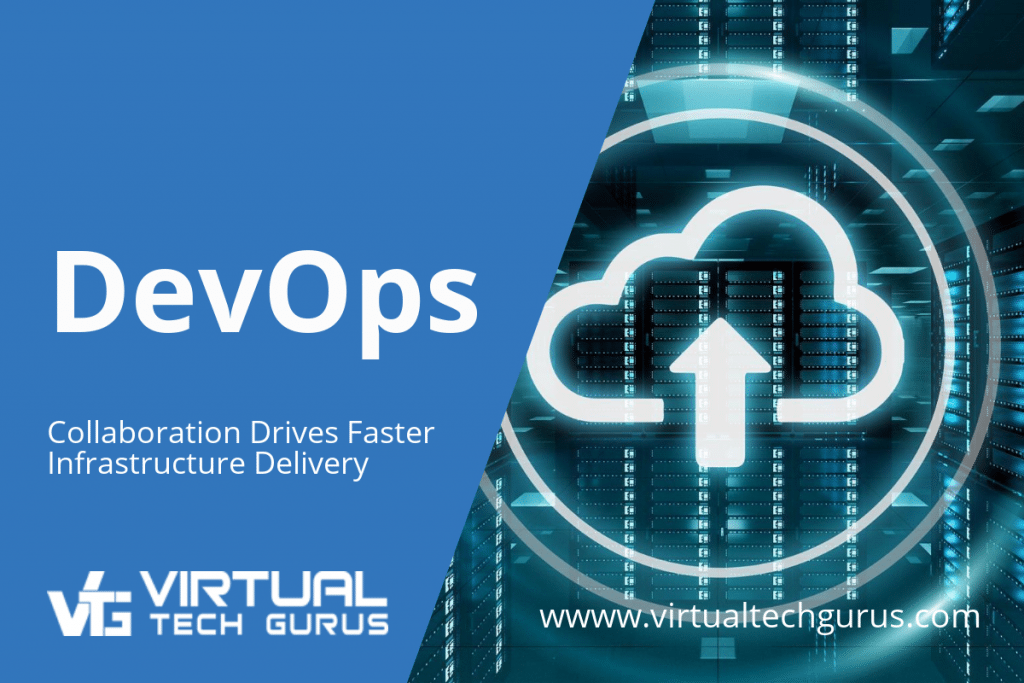
DevOps – Collaboration Drives Faster Infrastructure Delivery
When the pressure is on IT teams to deliver new services and features faster, and maintain the highest levels of availability, infrastructure management may prove to be the weak link. Part of the problem is the siloed nature of traditional IT departments where specialized roles and manual processes prevail.
That means development teams can hit a bottleneck when their updated applications are ready to be hosted on existing IT infrastructure, according to consultants McKinsey & Company. However, adopting the DevOps model so that development, operations and infrastructure teams operate as one can overcome the problem.
Collaboration Delivers Big Gains
The consultancy found that adopting DevOps and improving collaboration within the infrastructure team could deliver a 25-30 percent increase in capacity creation, a 50-75 percent reduction in time to market and a reduction in failure rates by 50 percent or more.
In this scenario, IT infrastructure teams combine their individual skills and responsibilities for infrastructure automation, security and networking into a single team that can deliver new infrastructure solutions rapidly.
As another blog in the series – ‘What Can DevOps Do For Your Business?’ – explained, DevOps is an enterprise architecture framework that enables seamless communication between development and operations team to deliver highly available and secure infrastructure on time.
Sharing Best Practice
A key element in the collaboration process is sharing working practices. As McKinsey points out, traditional IT teams have a ‘hardware’ view of infrastructure. Adopting software development best practice techniques and treating ‘infrastructure-as-code’ is one of the more important transitions.
Treating infrastructure-as-code enables IT teams to use the same tools and techniques as software developers, including version control, continuous integration, code review and automated testing. Those techniques help teams make infrastructure changes quickly, easily and reliably.
By implementing high levels of automation and continuous delivery of infrastructure components, IT teams can provision and scale large, complex infrastructure projects rapidly, with minimal risk.
Changing Culture
The cloud also plays an important role in the DevOps transformation. By provisioning, deploying and managing infrastructure from public or private clouds, infrastructure can automated, shared across multiple applications and scaled on demand.
However, introducing DevOps into infrastructure operations doesn’t just require new processes; it may take a significant culture change. McKinsey found that organizations succeeding in infrastructure transformation ‘overinvest in cultural change.’
Siloed cultures have a narrow focus and generally fail to understand the wider business and technical goals of the organization. That can also make it hard to implement standard requirements, objectives and metrics.
Because DevOps requires close collaboration, individuals generally create formal or informal teams with shared values and goals. They work together on prioritized roadmaps and shared project plans, with metrics that reflect overall results.
If your organization is struggling with slow infrastructure deployment times and inefficient manual processes, DevOps can transform the situation. DevOps achieves that by balancing and integrating improvement strategies across people, process, and tools to create meaningful business results.
